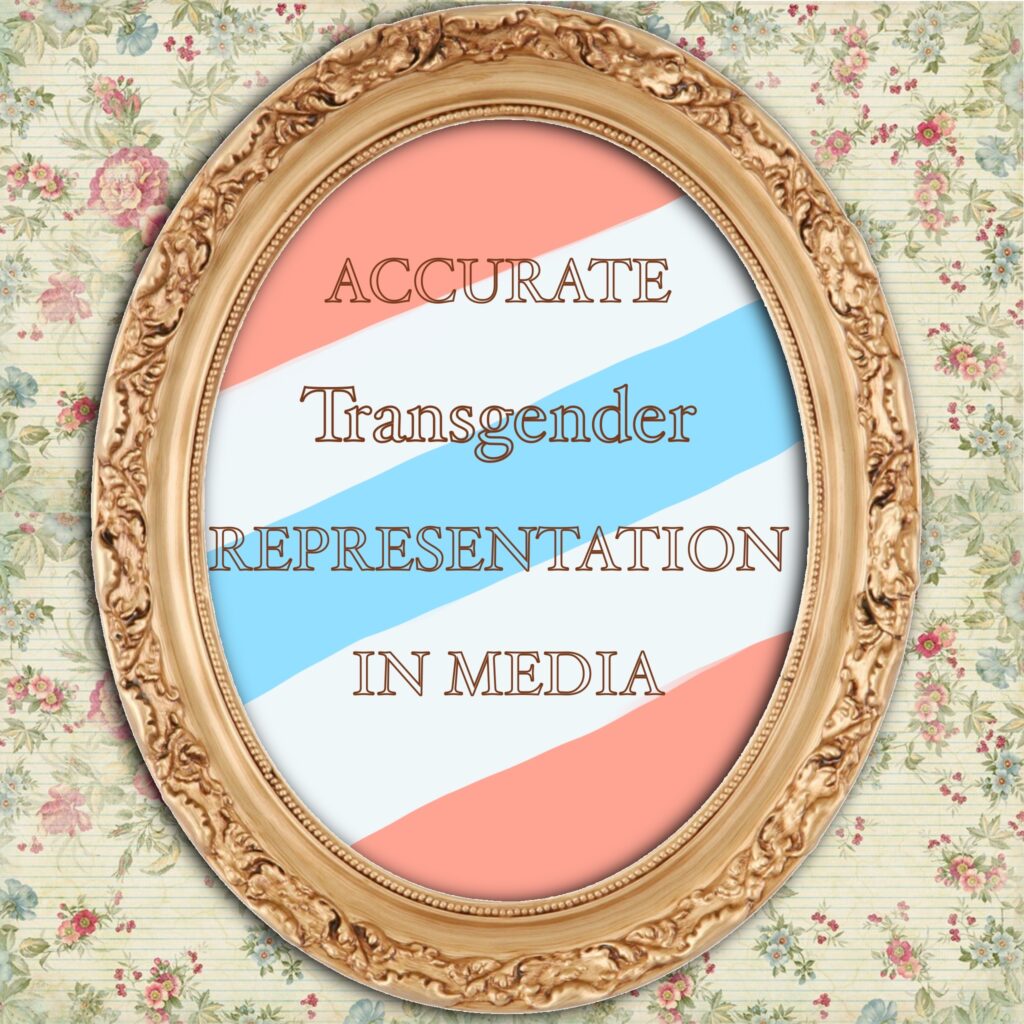By Grace H.

Hollywood has a long history of problematic representation of transgender and queer people. This includes the phenomena of cis men being cast to play the part of trans women. In many early representations of trans people, their gender is played as a joke and something to gawk at. This kind of representation has serious impacts on the transgender community and their perception by people outside the community.
Too many films and tv shows feel like they can pat themselves on the back for including trans people in their stories. However, they have just done the bare minimum when they neglect to cast trans people into these roles. There are many examples of cis men being cast to play trans women. This invalidates transgender identities and implies that trans women are not really women but instead just men playing dress-up. One example of this is that of the film “The Danish Girl” which was made to tell the story of a real trans woman, Lili Elbe who was played by Eddie Redmayne, a cisgender man. Not only did this casting choice take away an opportunity from a transgender actor to portray a trans pioneer and endorse the idea of trans women being men in women’s clothes, but it also got a lot of praise in the media for being brave and progressive. This is just one example of Hollywood being praised for doing the bare minimum when it comes to representation.
In early representations of trans women, their identities were usually portrayed as either a funny joke or part of a villain’s backstory. One of the earliest representations I saw of a transgender woman in the media was that of Chandler Bing’s father in the show friends. This role was cast with a cis woman Kathleen Turner. The real problem lies in the way her identity was persecuted in the show. In the show, Chandler’s, father came out as gay and began working as a drag queen. However, the show misrepresents the line between transgender women and drag artists, with the character seeming to live her day-to-day life as a woman implying that it is more than a drag persona. This character’s gender presentation was constantly made into a joke on the show, with her consistently being referred to as a crossdresser, the other characters using he/him pronouns to refer to her and the main focus being put on how her identity affects her son and ex-wife. Since this was one of the few representations in popular media at the time, of trans identities this has a great impact on the way people understand transgender people and drag artists.
So what does this mean for Hollywood and how can we do better to represent transgender identities in media? The simple solution is to involve transgender people in the process of writing trans characters. Many people have not had any first-hand experience with transgender people and rely on the media to get their information. This is why it is important to have accurate representation. When we view transgender stories, like that of “The Danish Girl”, through a cisnormative lens we are reinforcing harmful stereotypes and spreading misinformation to people who may not know any better. By having these roles cast with real trans people and listening to what they have to say about their character and their community we can avoid these issues.
In recent years we have seen some progress in this area. We’ve begun to see trans characters being played by trans people that tell their stories their way. In the Netflix show “Orange Is the New Black” Lavern Cox, a trans woman, was cast to play a transgender prisoner. She is never framed as a man and the show deals with real issues for trans women like the difficulty for trans women to receive gender-affirming treatments and her struggle to be accepted by her wife and son. In the HBO show, “Euphoria” we are introduced to the character Jules, who is played by the trans actor Hunter Shafer. Although the show deals with the problems of transphobia, Jules’s gender identity is not at the center of her character arc. In this show, we are able to see a young trans girl living life post-transition. This kind of representation enforces the idea that transgender people are still just “normal” people with real struggles beyond their gender identity and are more accurate portrayals of trans people.
